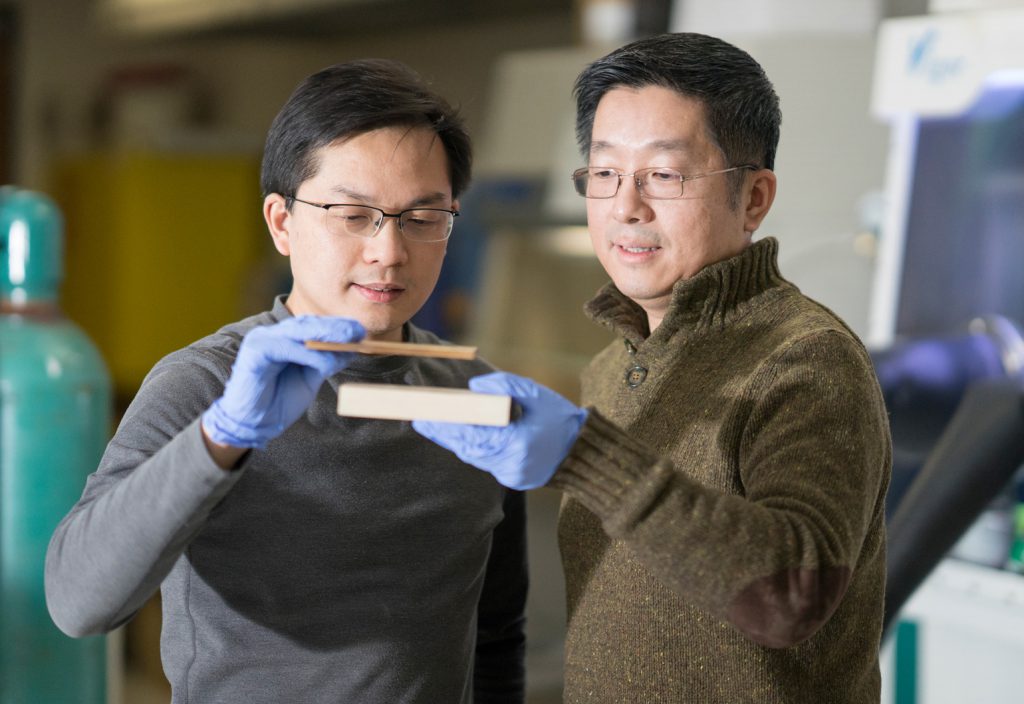US researchers have developed a high-density wood they say could compete with steel in the construction of buildings, cars and even planes.
A team at the University of Maryland have pioneered a wood densification technique to develop a material that is 10 times as tough as natural wood, and 12 times as strong.
The lead author of the research and associate professor of materials science and engineering Dr Liangbing Hu has high hopes for the material, and he said it can be used to replace steel in any construction application.
“This could be a competitor to steel or even titanium alloys, it is so strong and durable,” said Hu.
“It’s also comparable to carbon fibre, but much less expensive.”
According to Professor Orlando Rojas from Finland’s Aalto University, the increase in both strength and toughness was an impressive feat, as these two properties usually offset each other.
The paper, published in Nature, stated the processed wood outperforms the specific strength of many structural metals and alloys, making it a “low-cost, high-performance, lightweight alternative”.
Bulletproof wood
To create this super material, the researchers extracted some of the source wood’s hemicellulose and lignin. It was then squashed to one fifth of its original size at a temperature of 66 degrees celsius and sealed with a coat of paint.
This process packs the wood’s cellulose fibres so tightly they form strong hydrogen bonds. Weaknesses such as holes and knots are also crushed out of existence.
The material was subjected to rigorous testing, including being shot with bullet-like projectiles. Unlike natural wood, the densified material stopped the projectile from passing all the way through.
Hu also said that the use of this material to replace steel would have environmental benefits, because the wooden material has a less carbon-intensive manufacturing process.
The implementation of the wood densification process could also lead to a rise in the popularity of more sustainable wood species, according to Hu.
“Soft woods like pine or balsa, which grow fast and are more environmentally friendly, could replace slower-growing but denser woods like teak in furniture or buildings,” he said.
According to Brown University’s professor Huajian Gao, the high-density material has potential to be applied to a broad range of applications.
“It is particularly exciting to note that the method is versatile for various species of wood and fairly easy to implement,” he said.
Maryland University has a history of innovative wood and cellulose materials research. Hu has previously developed a clear paper that could replace plastic, a wooden battery and supercapacitor, and a battery from a leaf.
In 2016, another Maryland research team developed a waterproof, transparent wood that could be used in windows or solar panels.

